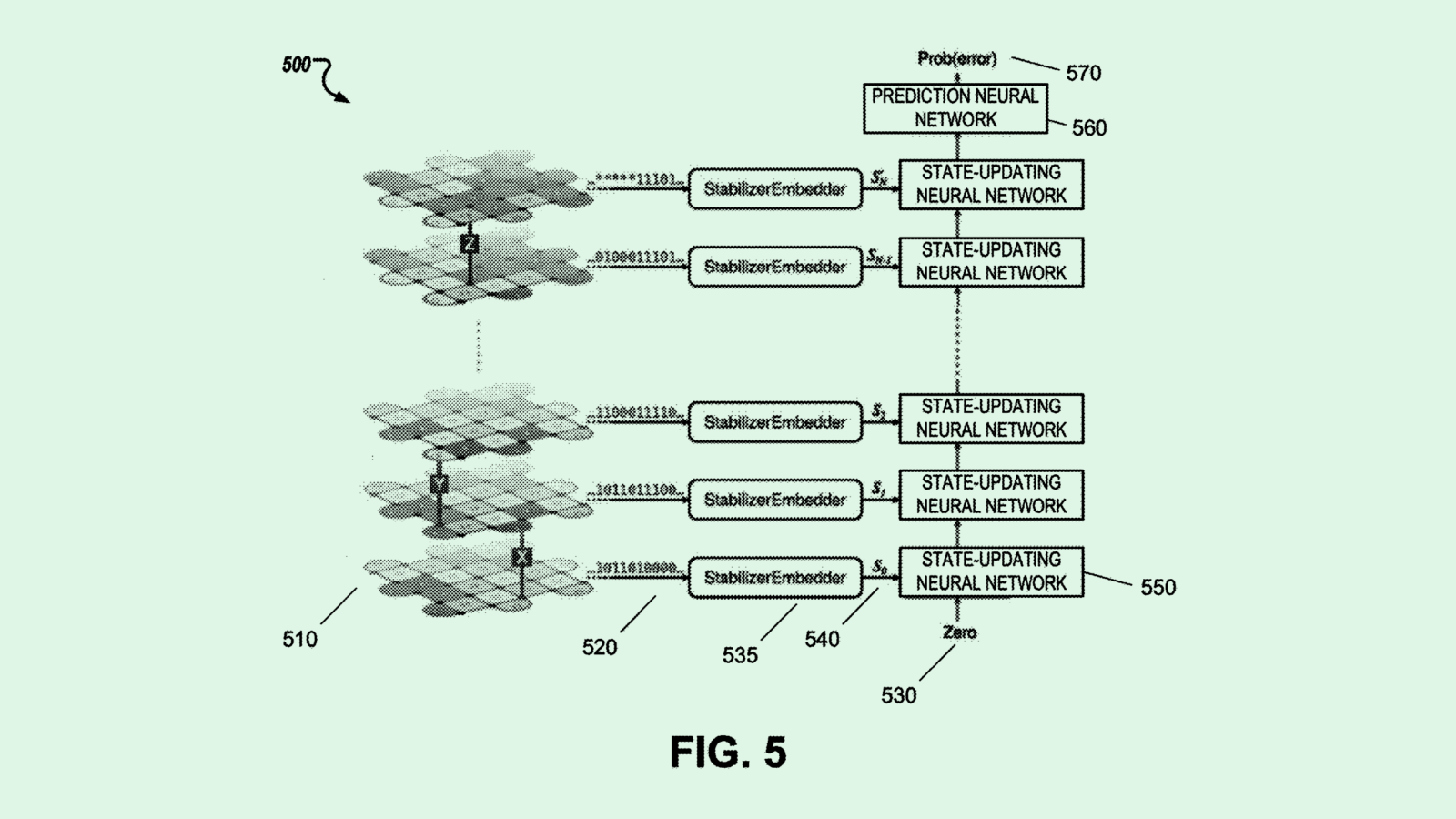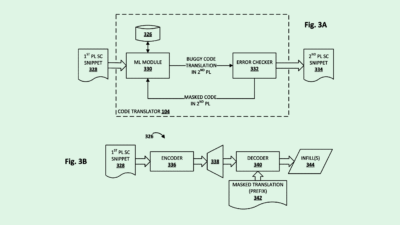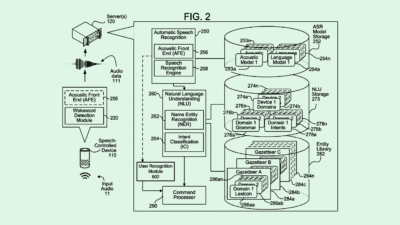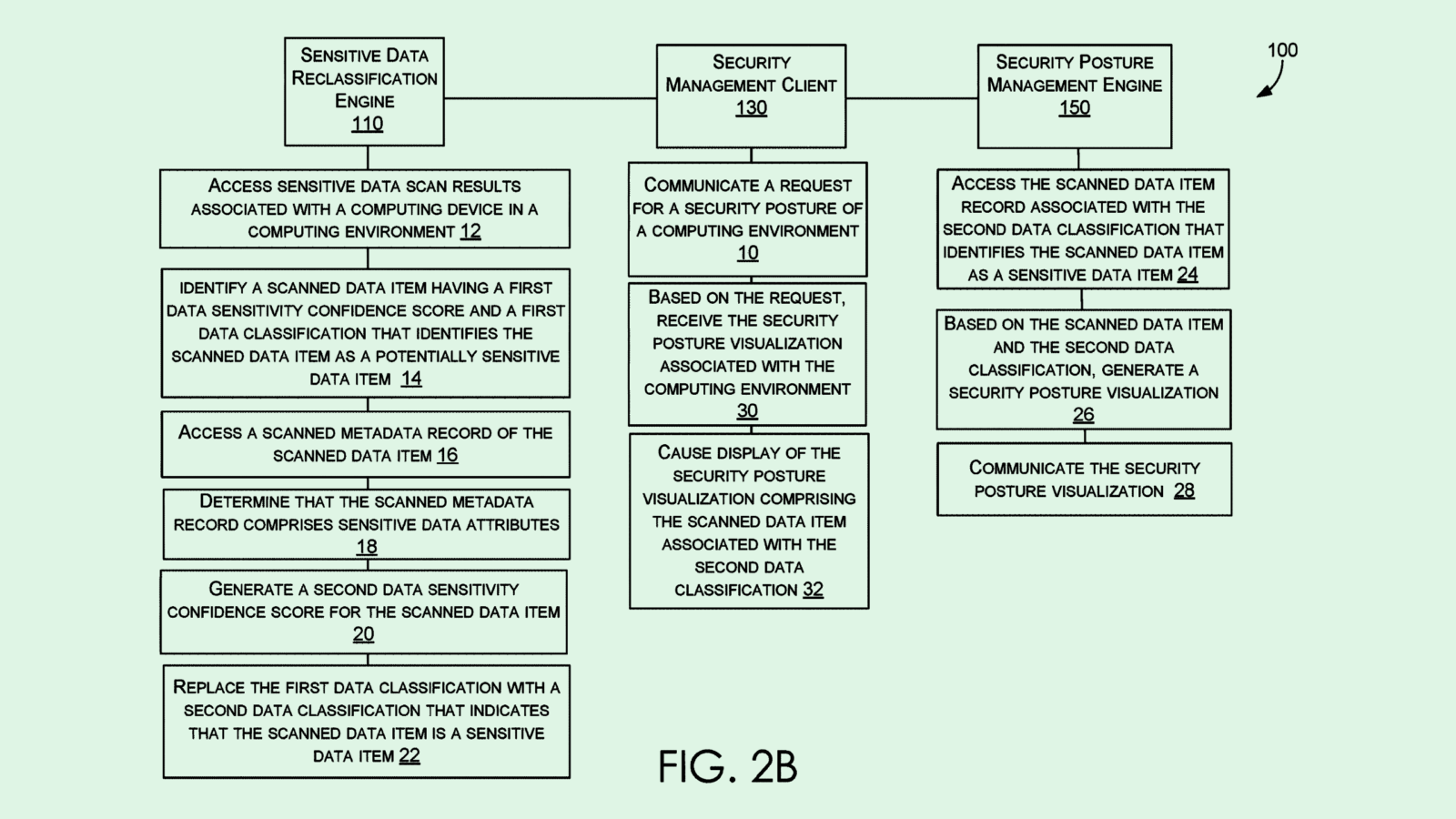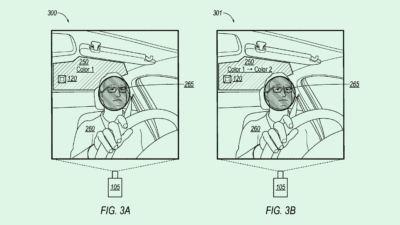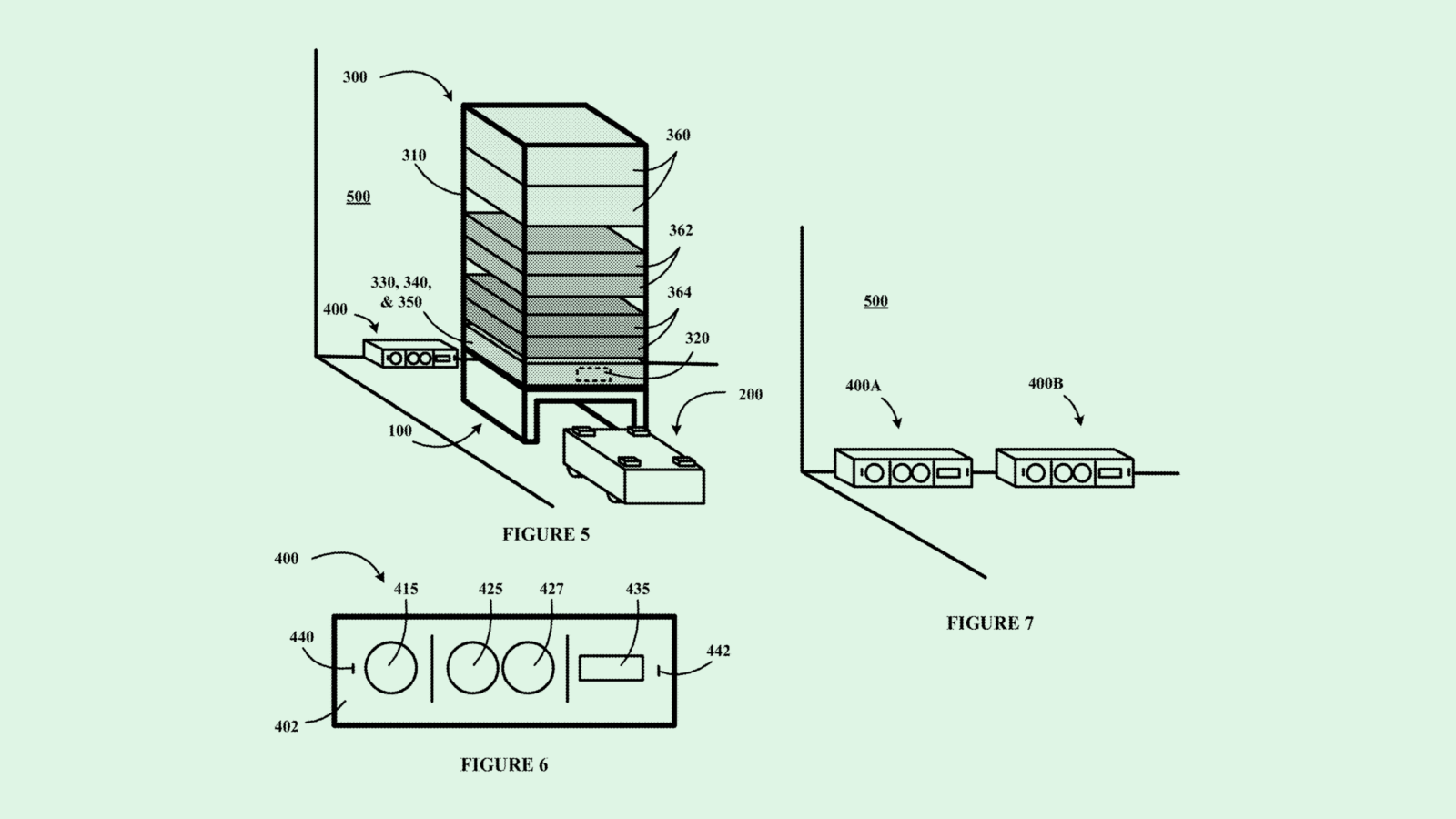Tesla Patent Could Fix Phantom Braking as It Continues Autonomous Ambitions
Tesla wants to make sure its autonomous vehicles don’t fall for light tricks.
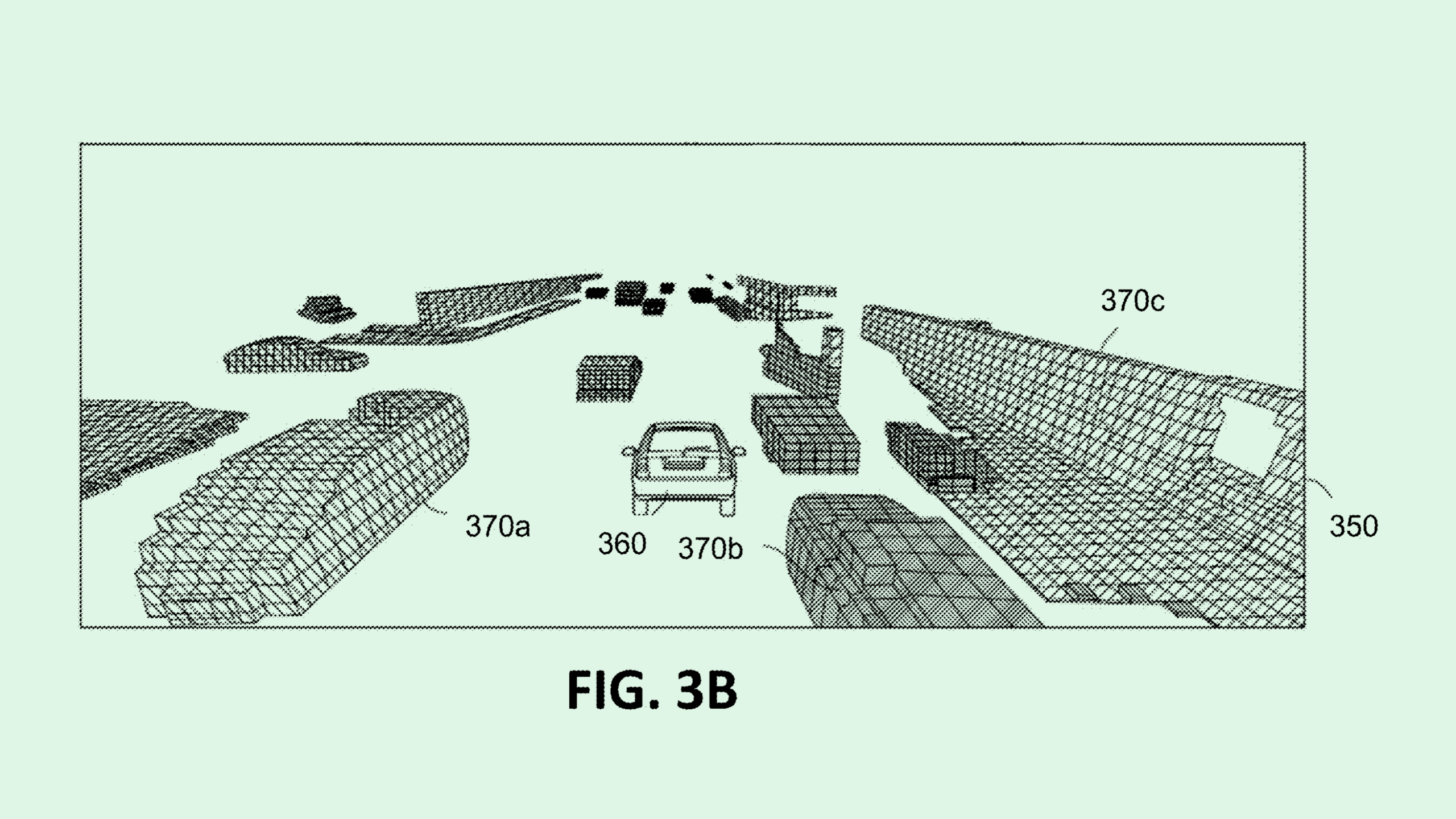
Sign up to uncover the latest in emerging technology.
Tesla wants to keep its ego in check.
The automaker filed a patent application for vision-based occupancy determination within the surroundings of an “ego,” which the company defines as the “autonomous navigation technology used for autonomous vehicles and robots” within the filing. Tesla’s filing details a system aimed at giving its self-driving cars a more robust view of their surroundings.
“Egos often need to navigate through complex and dynamic environments and terrains,” Tesla said in the filing. “Understanding the egos’ surroundings is necessary for informed and competent decision-making to avoid collisions.”
Tesla’s tech relies on trained AI models to analyze camera feeds on autonomous machines in order to come up with “occupancy data” on a car’s surroundings — specifically determining if the objects around the vehicle have mass. This essentially helps it rule out optical illusions that may trick the autonomous driving system, such as reflections, light, shadows, and virtual artifacts.
The system then uses this information to create a 3D map of the surrounding area to aid in navigation and decision-making, allowing the autonomous system to have a better understanding of its environment and avoid mistakes that could be caused by light tricks or particularly dark shadows.
This isn’t the first time we’ve seen a patent from Tesla that aims to lay claim to stronger autonomous capabilities and better situational understanding. The company has previously sought patents for adjusting vehicle actions with better environmental awareness and object detection to eliminate phantom braking (when self-driving vehicles make sudden, inappropriate stops).
CEO Elon Musk has long claimed that the company’s Full Self-Driving technology can be safer than human drivers’ efforts. However, the company has hit a number of roadblocks over the years in making that vision a reality. Tesla has issued several warnings related to its Full Self-Driving feature, including one in December that impacted 2 million vehicles.
The automaker has also long battled the National Highway Traffic Safety Administration over the feature, with the administration pressing Tesla for answers about the recall in May — otherwise, it must face more than $135 million in fines.
Nevertheless, Tesla continues to push forward with its ambitious autonomous plans, which include robots and robotaxi services. Musk unveiled the next update to its Full Self-Driving hardware, called “AI 5,” at its shareholder meeting last week, claiming the tech will offer a tenfold improvement compared to its current offering.
And despite its struggles in the US, the company made some headway internationally. Tesla announced a partnership with Baidu earlier this month; the Chinese internet giant will provide Tesla’s vehicles with lane-level navigation services. Shanghai will also reportedly allow Tesla to test its most advanced autonomous technology with 10 of its vehicles in the city.
